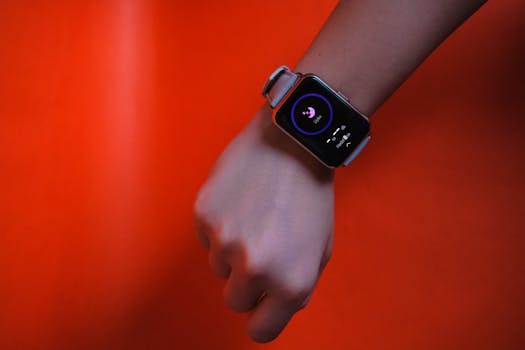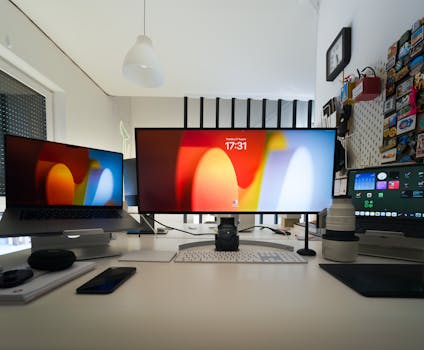
“
The Convergence of AI and Wearables: Shaping the Future of Personal Tech in 2025
The Convergence of AI and Wearables: Shaping the Future of Personal Tech in 2025. The world of personal tech is on the cusp of a revolution, driven by the convergence of artificial intelligence (AI) and wearables. As we step into 2025, we can expect to see significant advancements in the way we interact with technology, and how it impacts our daily lives. In this article, we’ll explore the exciting developments that are shaping the future of personal tech.
Introduction to AI and Wearables

AI and wearables are two of the most rapidly evolving technologies of our time. AI refers to the development of computer systems that can perform tasks that typically require human intelligence, such as learning, problem-solving, and decision-making. Wearables, on the other hand, are devices that can be worn on the body, such as smartwatches, fitness trackers, and smart glasses. The convergence of these two technologies has given rise to a new generation of personal tech devices that are smarter, more intuitive, and more personalized than ever before. For more on the evolution of these devices, check out Wearable Tech Innovations by 2025: Exploring Health, Fashion, and Function.
Advancements in Health Monitoring

One of the most significant areas of development in the convergence of AI and wearables is health monitoring. Wearable devices equipped with AI-powered sensors can track a wide range of health metrics, including heart rate, blood pressure, and sleep patterns. This data can be used to provide personalized insights and recommendations for improving overall health and wellness. For example, a smartwatch can detect irregular heart rhythms and alert the user to seek medical attention. Similarly, a fitness tracker can track daily activity levels and provide personalized fitness plans based on the user’s goals and preferences. This is further explored in Wearable Tech in 2025: Bridging the Gap Between Health and Technology.
Smart Homes and Beyond

The convergence of AI and wearables is not limited to health monitoring. It also has the potential to revolutionize the way we interact with our surroundings. Smart home devices, such as thermostats and lighting systems, can be controlled using wearable devices, making it easier to manage our living spaces. Additionally, AI-powered wearables can be used to control other devices, such as smartphones and TVs, using voice commands or gestures. This has significant implications for people with disabilities, who can use wearables to control their environment in a more intuitive and accessible way. To learn more about the interaction between wearables and our environment, visit Wearable Tech 2025: Innovations That Will Change How We Interact with the World.
Future of Personal Tech

As we look to the future, it’s clear that the convergence of AI and wearables will continue to shape the world of personal tech. We can expect to see even more advanced health monitoring capabilities, including the ability to detect diseases such as diabetes and cancer. We’ll also see the development of new wearable devices, such as smart contact lenses and implantable devices, that will take personal tech to the next level. Furthermore, the integration of AI and wearables will enable new forms of human-computer interaction, such as brain-computer interfaces and augmented reality experiences.
Conclusion

In conclusion, the convergence of AI and wearables is revolutionizing the world of personal tech. With advancements in health monitoring, smart homes, and more, we can expect to see significant improvements in the way we interact with technology and the world around us. As we step into 2025, it’s exciting to think about the possibilities that this technology will bring, and how it will shape the future of personal tech.





